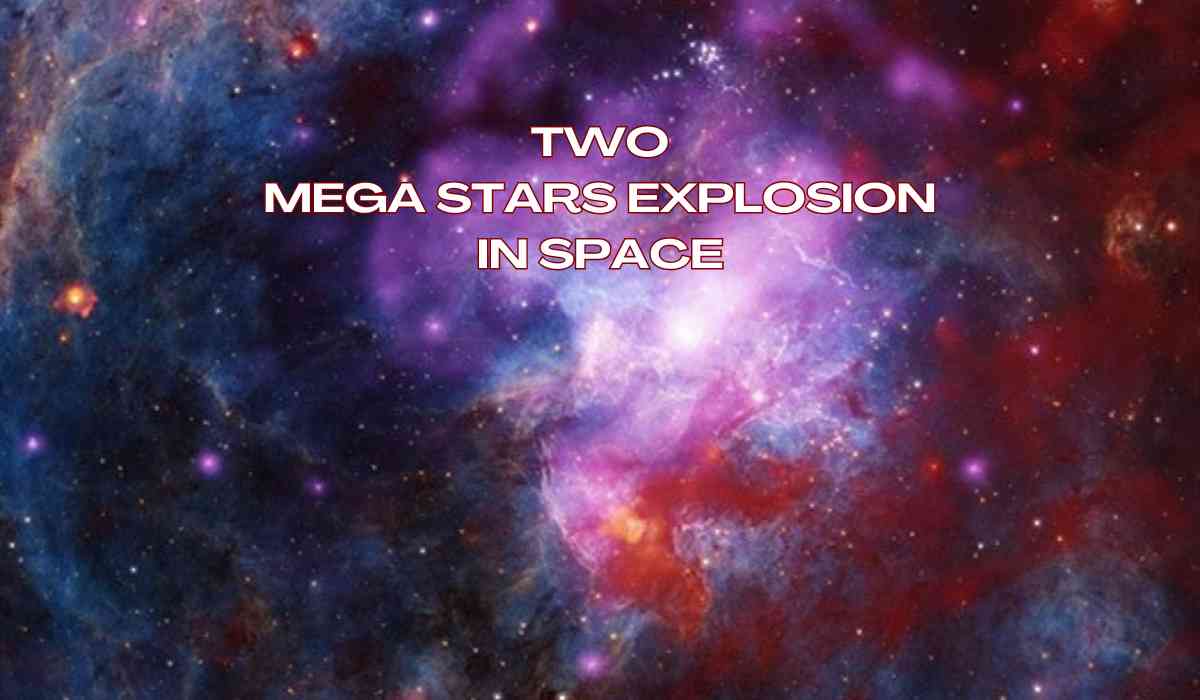NASA begins 2024 with a celestial spectacle showcasing the aftermath of not one but possibly two supernova explosions. This stunning display is 30 Doradus B, nestled in a space region where stars have formed continuously for 8 to 10 million years.
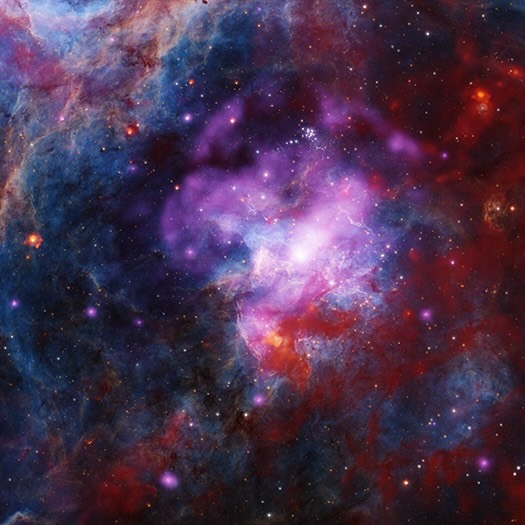
Composite image of a large region of space. At the center of this complex landscape of bright, multi-colored gas clouds lies the supernova remnant 30 Dor B. Source: NASA / CXC / SAO / J. Schmidt, N. Wolk, K. Arcand
A Festival of Lights:
An exuberant image unveils the remnants of multiple exploded stars, primarily 30 Doradus B, within a space expanse fostering constant star formation for millions of years. Situated 160,000 light-years away in the Large Magellanic Cloud, this complex terrain hosts gas clouds, young stars, energetic shocks, and superheated gas.
The image merges data from various telescopes - Chandra X-ray Observatory (purple), Blanco 4-meter telescope (orange and cyan), Spitzer Space Telescope (red), and Hubble Space Telescope (black and white).
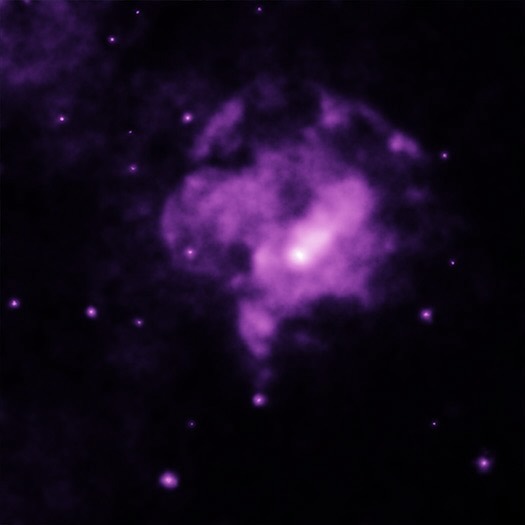
In the center of the frame is a bright purple-pink cloud, glowing with brilliant white dots and streaked with lightning-like veins. This is 30 Dor B in an X-ray shell, discovered by the Chandra telescope. Source: NASA/CXC/Penn State Univ. / L. Townsley
A Captivating Revelation:
Delving into this cosmic spectacle, astronomers led by Wei-An Chen from the National Taiwan University analyzed over two million seconds of Chandra observations. Their findings reveal a sprawling, faint X-ray shell stretching approximately 130 light-years across the 30 Dor B region. Moreover, the Chandra data unveils particle winds emanating from a pulsar, forming a pulsar wind nebula.
Further study, incorporating Hubble's observations, suggests that not one but at least two supernova explosions contributed to the current state of 30 Dor B. While the central bright X-rays and pulsar might stem from a supernova roughly 5,000 years ago, the expansive, faint X-ray shell likely originates from a distinct supernova predating this event by over 5,000 years. This discovery opens avenues for comprehending the lives of massive stars and the repercussions of their explosive demise.
The detailed findings led by Wei-An Chen have been published in the Astronomical Journal, with co-authors from the Institute of Astronomy and Astrophysics, Academia Sinica, and the National Taiwan University.
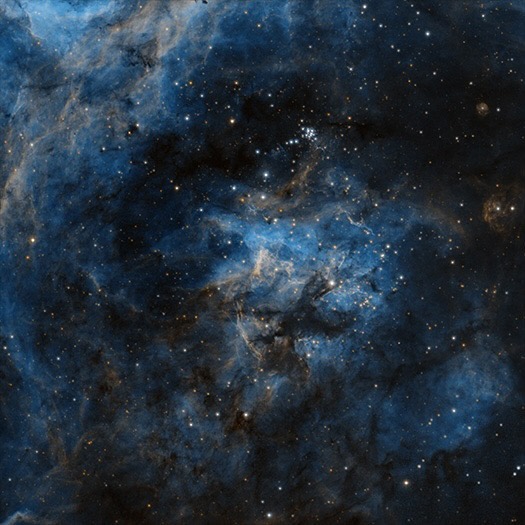
Optical image created using the Hubble telescope. Source: NASA/STScI/HST
Visual Description:
The released composite image unveils a mesmerizing vista of space, showcasing ongoing star formations spanning millions of years. Amidst this galactic panorama, the focal point is 30 Doradus B, a supernova remnant likely harbouring the remnants of multiple supernova events.
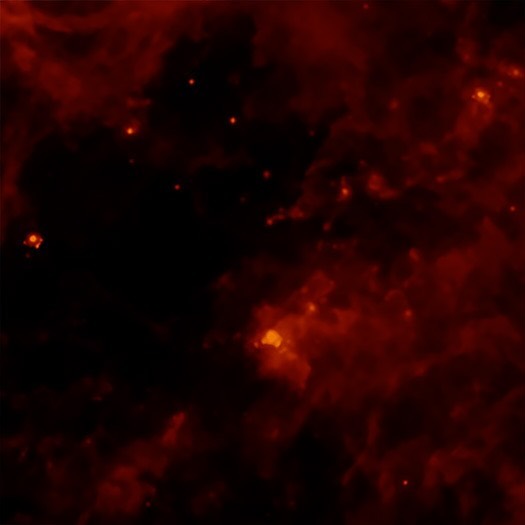
The image is a symphony of vibrant clouds, displaying a coral-pink and wine-coloured cloud resembling cotton candy at the upper left, alongside deep red streaks reminiscent of syrup floating in the water. Wispy blue clouds grace the lower left, revealing the intricate tapestry of overlapping gases. Stars, portrayed as specks of pink, orange, and purple light, adorn the scene.
At the heart of the frame lies 30 Doradus B, emanating vibrant hues of purple and pink, adorned with brilliant white dots and streaked with lightning-like patterns. This enigmatic supernova remnant, delineated by Chandra's faint X-ray shell, hosts high-energy shocks and particle winds from a pulsar within its cosmic embrace.
NASA's kickoff to 2024 presents a dazzling glimpse into cosmic evolution, capturing the remnants of stellar explosions and shedding light on the dynamic nature of these celestial events.
© Copyright 2023. All Rights Reserved Powered by Vygr Media.

